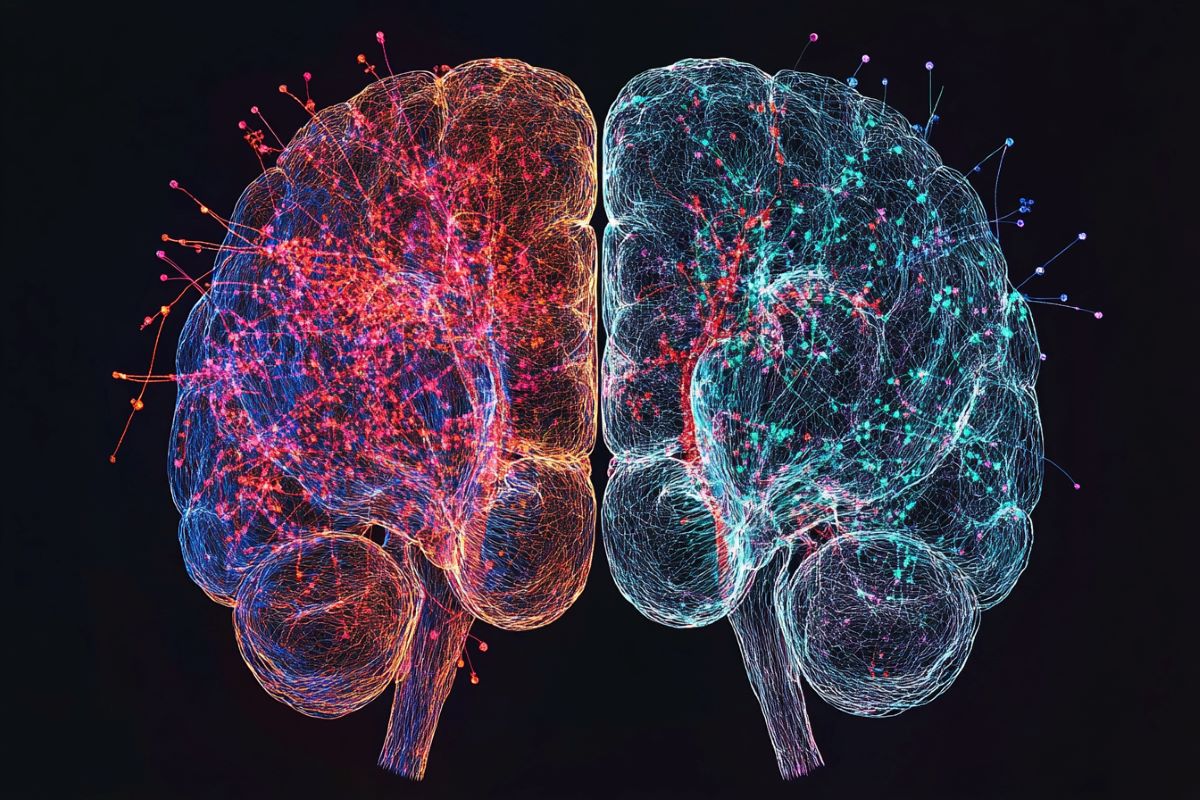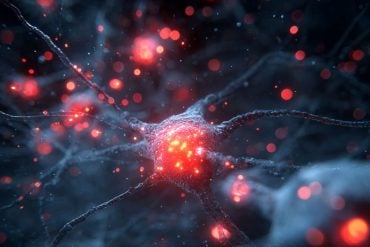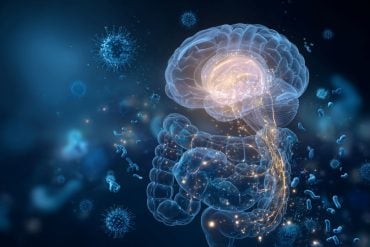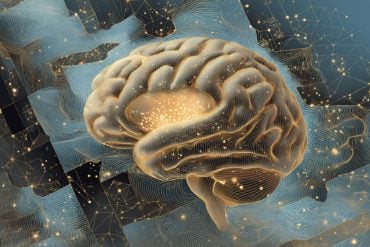Summary: Research shows that accelerated reproductive aging in females, such as early puberty or menopause, is linked to increased mental health risks at different life stages.
Adolescents experiencing early puberty displayed unstable brain connectivity in regions tied to psychosis vulnerability, while middle-aged women with early menopause showed patterns linked to depression. These changes suggest that faster reproductive ageing heightens sensitivity to social stress, with distinct challenges at adolescence versus middle age.
Functional brain organization appears less stable in individuals with accelerated reproductive aging, affecting memory, attention, and emotional regulation.
The findings highlight the need for personalized mental health interventions targeting these age-related risks. This study is a step forward in connecting biological and psychological factors across the female lifespan.
Key Facts
- Early Puberty and Brain Connectivity: Early puberty (ages 11–12) is linked to unstable brain connectivity in regions associated with memory, attention, and psychosis risk.
- Early Menopause and Depression Risk: Early menopause correlates with unstable brain patterns in areas related to attention and vision, increasing vulnerability to depression.
- Stress Sensitivity: Accelerated reproductive aging heightens sensitivity to social stress, with differing mental health implications for adolescents and middle-aged women.
Source: University of Liverpool
New research from the University of Liverpool illustrates how accelerated reproductive aging in females (e.g., early puberty or early menopause) is linked to experiences of mental health challenges.
This latest research builds on existing work in animals that shows how reproductive hormones help the brain manage and protect itself from stress.

Researchers in the Institute of Population Health, together with collaborators from Monash University, Australia, University of Melbourne, Australia, and Yale University, North America, have identified individual differences in functional brain organization in humans, which link faster reproductive aging, a likely marker of greater biological wear-and-tear, to greater stress sensitivity.
Researchers analyzed spontaneous brain activity and connectivity patterns observed when participants were at rest. Reproductive aging was measured via parental reports of pubertal timing in adolescence and self-reports of reproductive cycle characteristics in middle age.
For all participants, stress exposure and sensitivity were assessed via self-reported experiences of pain and hostility from others.
The study found that early puberty at ages 11-12 was related to more unstable functional connectivity patterns in brain regions tied to memory, imagination, vision, and attention. Brain connectivity patterns linked to early puberty overlapped with regions associated with psychosis vulnerability.
Meanwhile, middle-aged women (aged 36-60 years) who progressed towards menopause faster than expected based on their chronological age showed more unstable functional connectivity patterns, suggestive of premature aging, in areas involved in attention and memory.
Brain patterns linked to early menopause also overlapped with regions associated with major depression vulnerability.
Psychology lecturer Dr. Raluca Petrican, who led the study, said: “Our study suggests that faster reproductive aging affects brain function in ways that could increase social stress sensitivity, with differences based on age, and so is likely to lead to distinct mental health challenges in adolescence vs. middle-age.
“In adolescents, delayed development of stable, functional brain organization associated with early puberty may increase psychosis risk.
“For middle-aged adults, early menopause is linked to a faster decline in stable, functional organization for areas tied to visual processing and goal-directed attention, which possibly increases depression risk by limiting their ability to engage strategically with the external environment and cope effectively with stressors.
“This study represents a significant step in understanding the intricate relationship between reproductive aging and mental health in females across different stages of life and could inform more personalized mental health interventions for females.”
About this mental health and reproduction research news
Author: Alison Cornmell
Source: University of Liverpool
Contact: Alison Cornmell – University of Liverpool
Image: The image is credited to Neuroscience News
Original Research: Open access.
“Functional brain network dynamics mediate the relationship between female reproductive aging and interpersonal adversity” by Raluca Petrican et al. Nature Mental Health
Abstract
Functional brain network dynamics mediate the relationship between female reproductive aging and interpersonal adversity
Premature reproductive aging is linked to heightened stress sensitivity and psychological maladjustment across the life course. However, the brain dynamics underlying this relationship are poorly understood.
Here, to address this issue, we analyzed multimodal data from female participants in the Adolescent Brain and Cognitive Development (longitudinal, N = 441; aged 9–12 years) and Human Connectome-Aging (cross-sectional, N = 130; aged 36–60 years) studies.
Age-specific intrinsic functional brain network dynamics mediated the link between reproductive aging and perceptions of greater interpersonal adversity.
The adolescent profile overlapped areas of greater glutamatergic and dopaminergic receptor density, and the middle-aged profile was concentrated in visual, attentional and default mode networks.
The two profiles showed opposite relationships with patterns of functional neural network variability and cortical atrophy observed in psychosis versus major depressive disorder.
Our findings underscore the divergent patterns of brain aging linked to reproductive maturation versus senescence, which may explain developmentally specific vulnerabilities to distinct disorders.







